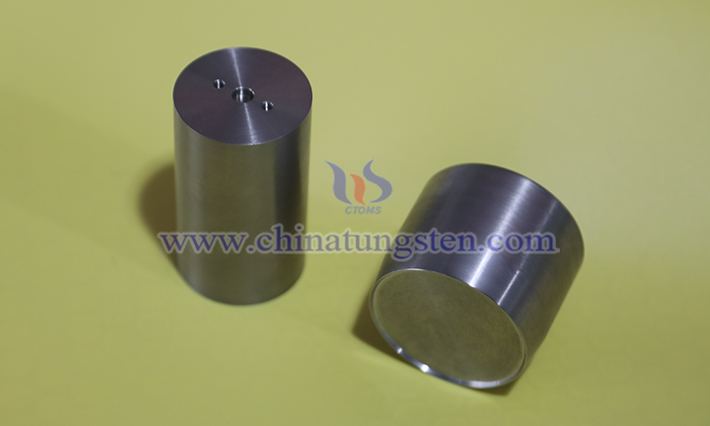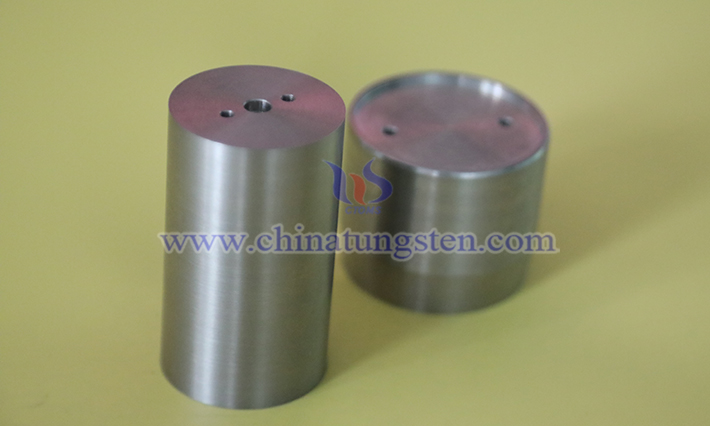Application of Tungsten Alloy Shielding Components in Radiotherapy Equipment
- Details
- Category: Tungsten Information
- Published on Thursday, 07 August 2025 11:49
In the field of tumor radiotherapy, radiotherapy equipment uses high-energy rays (such as X-rays and gamma rays) to kill cancer cells while minimizing radiation damage to healthy tissues. Tungsten alloy shielding components, with their exceptional radiation absorption capability, serve as a critical protective element in achieving this goal. The radiation energy in radiotherapy equipment is generally higher than the diagnostic-level rays used in CT machines, placing more stringent requirements on the density, stability, and structural design of shielding materials.

The application of tungsten alloy shielding components in radiotherapy equipment is primarily reflected in the following areas: Firstly, radiation source shielding—in cobalt-60 therapy machines, tungsten alloy source containers encase the radioactive source to ensure that leakage dose rates remain within safe limits during non-treatment states. In medical linear accelerators, the tungsten alloy shielding layer surrounding the electron gun and target absorbs stray rays, preventing high-energy particles from damaging the equipment's internal circuits. Secondly, the treatment head collimation system—tungsten alloy blades, through coordinated movement, form variable apertures that both define the radiation field and shield scattered rays at the field edges, reducing the volume of healthy tissue exposed to radiation.
Compared to lead shielding materials, tungsten alloys offer significant advantages in radiotherapy scenarios. Firstly, higher high-energy shielding efficiency—tungsten alloy’s linear attenuation coefficient is greater than lead’s for high-energy rays, allowing for reduced material thickness while maintaining the same protective effect, thus making related equipment more lightweight. Secondly, structural stability—in the heat-generating environment of long-term high-power operation of radiotherapy equipment, tungsten alloy’s lower thermal expansion coefficient compared to lead helps maintain dimensional accuracy of the shielding structure, avoiding risks of ray leakage. Thirdly, excellent mechanical processing performance—through powder metallurgy techniques, ultra-thin shielding sheets can be produced, suitable for the mechanical structures of advanced equipment such as proton therapy systems.

With the growing adoption of advanced technologies like proton and heavy ion therapy, radiotherapy equipment demands higher spatial adaptability and selective radiation absorption from shielding components. By doping with elements such as nickel and iron to optimize energy spectrum absorption properties, tungsten alloys are increasingly applied in proton therapy pencil beam scanning systems, becoming a key material for enhancing the precision and safety of radiotherapy.
- Chinatungsten Online: www.tungsten-alloy.com
- CTIA GROUP LTD: en.ctia.group
- Tungsten News & Price: www.ctia.com.cn
- Molybdenum News & Price: news.molybdenum.com.cn
- Tel.: 86 592 5129696; Email: sales@chinatungsten.com



 sales@chinatungsten.com
sales@chinatungsten.com